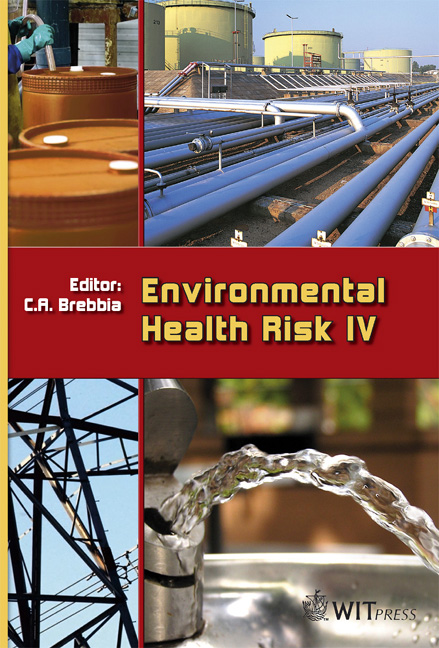Khartoum 2030: Towards The Healthy City
Price
Free (open access)
Transaction
Volume
11
Pages
9
Published
2007
Size
1,035 kb
Paper DOI
10.2495/EHR070261
Copyright
WIT Press
Author(s)
A. M. Ahmad
Abstract
At Independence, in 1956, the Sudanese capital, Khartoum, ranked among the healthiest and most attractive Arab capitals. Today, five decades later, it has dropped to settle among the world’s bottom capitals in the quality of its physical and socio-cultural environments. This is manifest in the persistent cropping up of squatter settlements around it, the inadequacy of surface water drainage, the poverty of sewage disposal systems, the depletion of greenery, the shortage and unacceptable quality of drinking water and the traffic chaos and all that emanates from it. In a retarded country almost permanently in dictatorial grips so little reliable data exists that we can write about scientific issues only in general qualitative terms. Yet, I shall attempt to describe the great potential of the city, highlight the main physical environmental threats, discuss the recent positive developments, then argue that Khartoum has the potential to mature into a model Healthy City by, say, 2030. Keywords: healthy city, Khartoum, environmental hazards, post-oil development. 1 Introduction A recent ‘quality of living’ report has rated Khartoum fifth from the bottom – the 211th of 215 cities surveyed. The survey conducted by Mercer Human Resources Consulting in 2006 analysed ‘39 quality of life criteria for each city including political, economic and social factors, personal safety and health, education, transport and other public services’ and ranked the cities accordingly [1]. Lower than Khartoum in ranking came only Pointe Noire (Congo), Baghdad (Iraq), Bangui (Central African Republic) and finally Brazzaville (Congo), the world’s worst city to live in by Mercer’s criteria. One sees at a glance that these cities, unlike Khartoum, have been or are being devastated by long civil wars –
Keywords
healthy city, Khartoum, environmental hazards, post-oil development.





